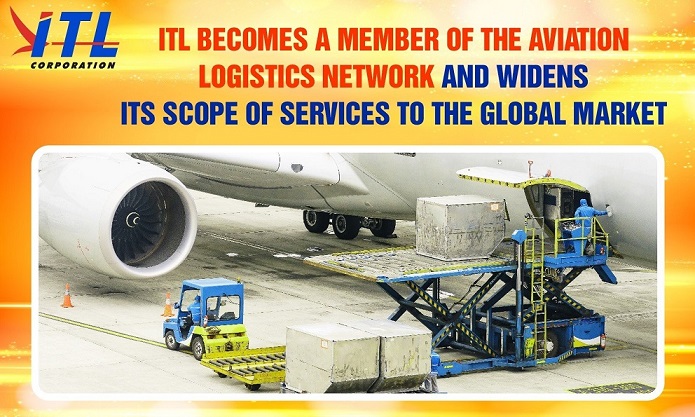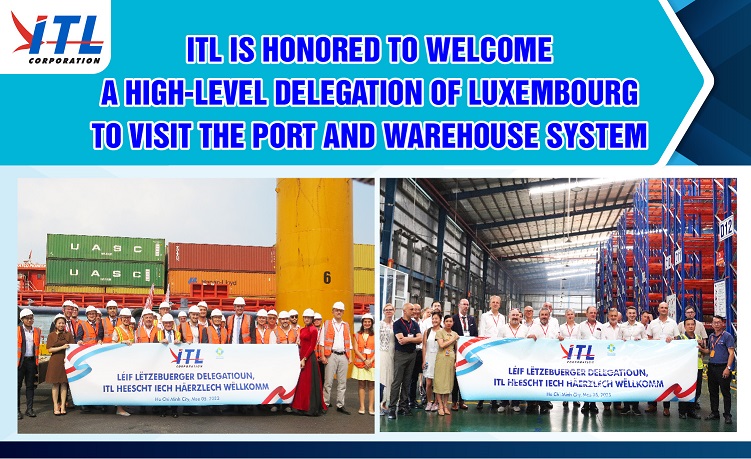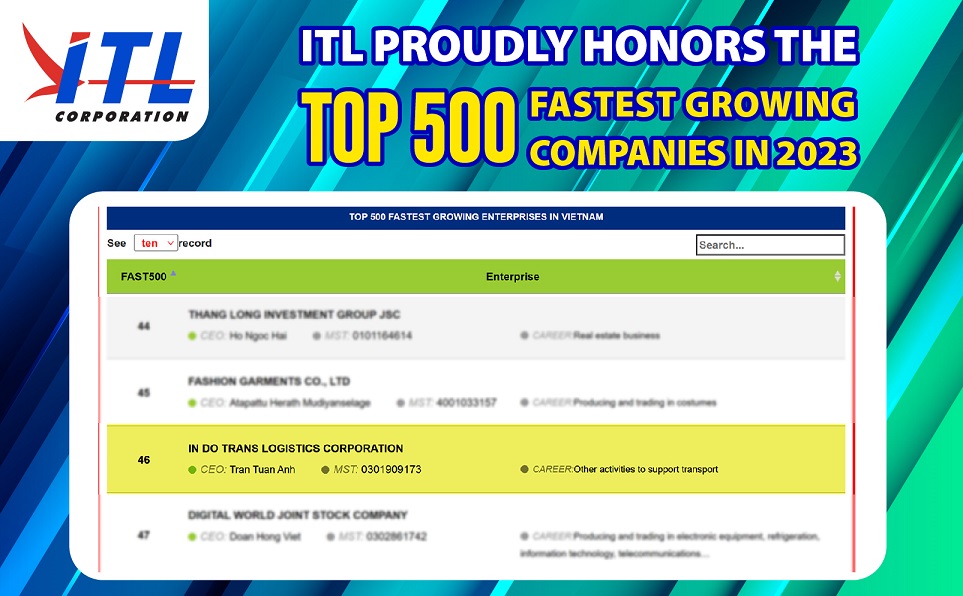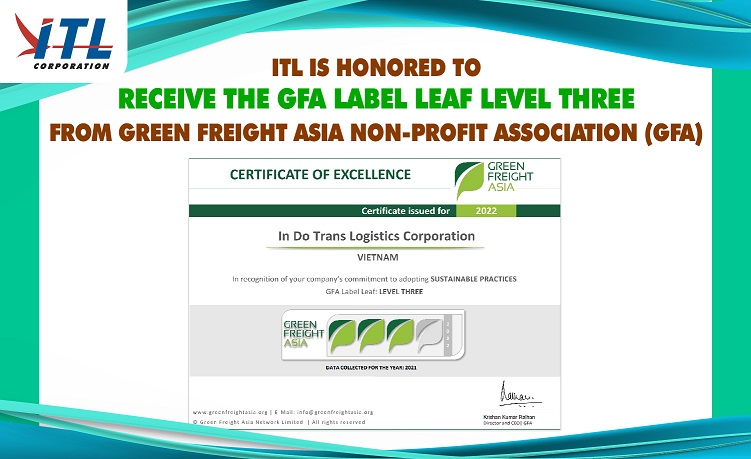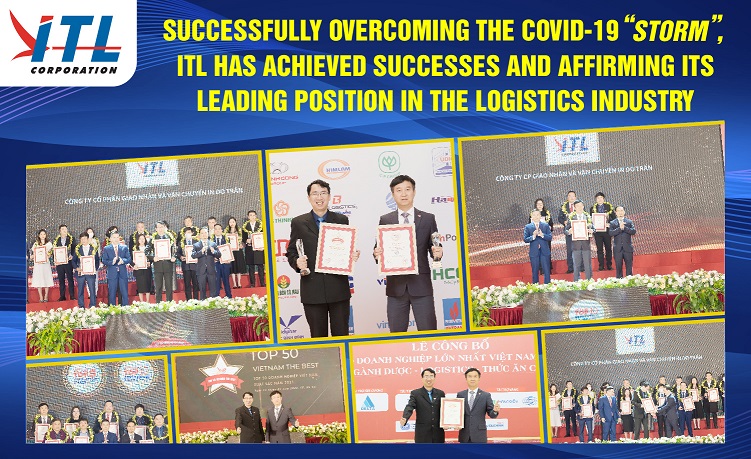08
03/18
Issues and Challenges Facing The Shipping Industry in 2018
The shipping industry will face many changes in 2018, though the year is forecast to see steady overall market growth, experience the implementation of technological benefits, and see even more carrier consolidation. Many of these changes are for the better, but not everything will be positive. Let’s take a look at some challenges, and changes, the shipping industry will face in 2018.
ELD – ELECTRONIC LOGGING DEVICES
December 2017 marked the first deadline for many trucking fleets to begin the use of Electronic Logging Devices (ELDs.)
These devices will serve to reduce paperwork time (as logging has always been a time-consuming paper process), compute accurate hours of service (HOS), and promote an overall standardization within the trucking industry. These devices will be synchronized with drivers’ engines in order to accurately record drive time and more easily regulate HOS.
The ELD mandate will be highly beneficial for the industry for many reasons, but it will also pose new challenges. Truckers will no longer be able to work “unlogged” hours to bring in extra revenue, causing many companies to raise their rates for logged hours. Smaller carriers will not be able to compete with this new market, thus dropping out of the game and leaving the industry with an even smaller pool of drivers.
NYSHEX – NEW YORK SHIPPING EXCHANGE
Think of the NYSHEX as the Expedia of the shipping industry. The site will offer a list of participating carriers, based on freight rate, space availability, transit times, and any other relevant criteria. This convenience seems too good to be true, and maybe it is.
The more we digitalize the shipping industry, the less we are able to negotiate space availability and rate reductions with carriers. Technological advancements are becoming the barrier between NVOCCs and VOCCs, making carriers more omnipotent, and removing the negotiation powers of forwarders bit by bit.
Will a NVOCC booking with NYSHEX experience priority over a NVOCC who does not? Or will both of them experience cargo rolls and last minute cancellations equally, whether they are Kuehne and Nagel, or just your friendly neighborhood forwarder?
RATE VOLATILITY
The end of 2017 saw the lowest ocean freight rates of the year, which are forecast to plunge even further throughout 2018.
The building of megaships will cause more capacity to enter the market in 2018, which will force rates further down. Transpacific Stabilization Agreement (TSA) carriers have recently tried, and failed, to implement General Rate Increases, and the organization saw the exit of carriers such as Maersk, ZIM, K Line, and NYK, giving an even bleaker outlook for the possibility of rate stabilization.
Source: https://www.morethanshipping.com/issues-challenges-facing-shipping-industry-2018/
Source: https://www.morethanshipping.com/issues-challenges-facing-shipping-industry-2018/





